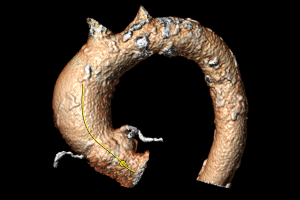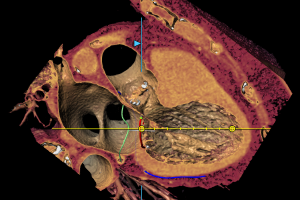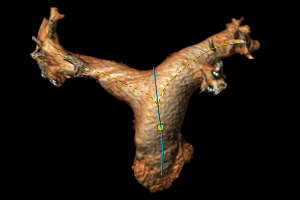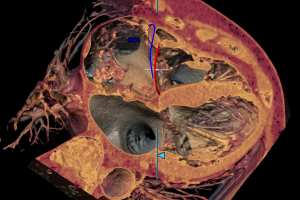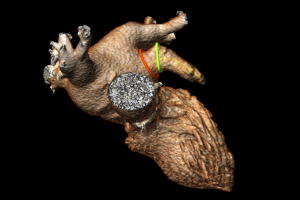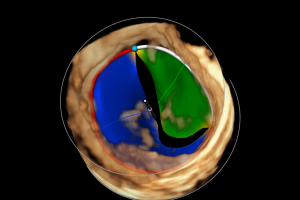3mensio Structural Heart
3mensio Structural Heart is a software solution that is developed for Interventional Cardiologist and enables them to quickly and accurately plan percutaneous procedure. Different workflows have been developed for:
- Aortic Valve Implantation (TAVI)
- Mitral Replacement and Repair (TMVR and TMVr)
- Pulmonary Valve Implantation (PPVI)
- Tricuspid Replacement and Repair (TTVR and TTVr)
- Left Atrial Appendage Occlusion (LAAO)
